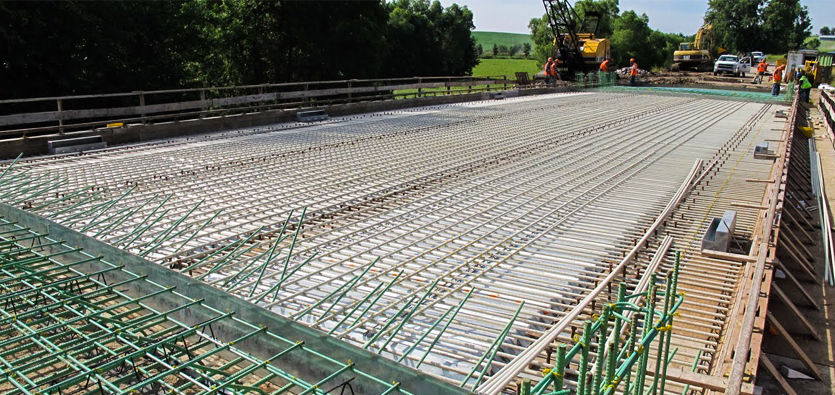From Waste to Marvel: Just How Recycled Composites Are Revolutionizing Various Applications
As markets worldwide are progressively prioritizing sustainability and environmental duty, the use of recycled compounds has emerged as a transformative solution throughout different markets. From improving the performance of automobile components to offering sustainable alternatives in construction products, the applications of recycled compounds are vast and promising.
The Increase of Recycled Composites
The boosting fostering of recycled compounds in various markets shows an expanding recognition of their environmental and economic benefits. Recycled composites, derived from materials such as redeemed carbon fiber or recycled plastics, offer a lasting choice to standard materials without jeopardizing on efficiency. Industries ranging from automobile and building to aerospace and durable goods are increasingly transforming to recycled compounds to meet their production requirements.
One key motorist behind the increase of recycled composites is the press towards sustainability and eco-friendliness. Firms are under enhancing pressure to minimize their carbon footprint and lessen waste generation. Recycled composites provide an option by utilizing products that would or else wind up in land fills, consequently promoting a round economic climate.
Additionally, the financial advantages of making use of recycled composites can not be overlooked. These materials are frequently much more cost-efficient than their virgin equivalents, providing companies a way to lower manufacturing expenses without compromising quality. As advancements in reusing modern technologies proceed to enhance, the adoption of recycled composites is anticipated to additional increase throughout varied industries.
Benefits in Automotive Market

Lasting Solutions in Building And Construction
Incorporating sustainable methods in building and construction tasks is vital for minimizing environmental impact and promoting long-lasting feasibility in the constructed setting. With the building and construction market being among the biggest factors to carbon emissions and waste generation worldwide, the fostering of sustainable services is crucial in alleviating these negative impacts. Recycled compounds are playing a significant role in transforming building and construction techniques anchor by offering a more environment-friendly choice to traditional building materials.
Recycled composites, stemmed from materials such as recovered timber, plastic, and rubber, offer a sustainable choice for different building applications. These materials not only assist in minimizing waste however likewise provide longevity, adaptability, and strength similar to conventional building products. By integrating recycled compounds right into building styles, building projects can add to resource preservation and energy efficiency while preserving high performance criteria.
Moreover, the use of recycled compounds in building and construction aligns with the expanding demand for environment-friendly buildings and lasting facilities. As environmental guidelines end up being more stringent and the emphasis on sustainability magnifies, the construction sector is increasingly transforming to recycled composites as a viable option for producing eco-conscious structures and structures.
Eco-Friendly Innovations in Product Packaging
Transforming the world of lasting product packaging services, eco-friendly advancements are paving the means for environmentally mindful practices in the packaging market. In feedback to the global telephone call for reducing plastic waste and lowering carbon footprints, business are progressively transforming to green product packaging alternatives. Biodegradable materials such as mushroom product packaging, seaweed-based films, and compostable plastics offer promising solutions to the plastic pollution crisis. These ingenious materials not only break down naturally, decreasing environmental influence, yet additionally offer similar capability and sturdiness to typical product packaging choices.
Furthermore, the integration of recycled products into packaging production procedures even more enhances sustainability initiatives. By integrating post-consumer recycled material, business can decrease the demand for virgin products, preserve all-natural sources, and advertise a circular economic climate in the packaging sector.
Changing Textiles With Recycled Composites
In the world of lasting materials, the emphasis currently moves in the direction of transforming textiles with the cutting-edge use of recycled composites. This development in textile production is driven by the pressing need for more environment-friendly practices in the fashion and fabric markets. Recycled compounds use an appealing service by combining materials like plastics, carbon fiber, and glass fiber to create sturdy and versatile fabrics.
Among the crucial advantages of making use of recycled composites in textiles is the ability to repurpose waste products that would otherwise wind up in landfills. By incorporating recycled components right into fabrics, producers can reduce their environmental influence and add to a much more circular economic situation - composites. In addition, fabrics made from recycled composites usually display enhanced strength, next page efficiency, and toughness characteristics, making them suitable for a wide variety of applications
As consumer need for sustainable items proceeds to rise, the adoption of recycled composites in textiles is positioned to grow substantially. This shift in the direction of more eco-friendly textile manufacturing not only benefits the earth however additionally opens new possibilities for development and imagination in the fashion and textile industries.
Verdict

From improving the performance of auto parts to supplying lasting options in building materials, the applications of recycled compounds are substantial and encouraging. Recycled compounds, obtained from materials such as reclaimed carbon fiber or recycled plastics, offer a lasting alternative to standard materials without endangering on performance. In addition, the usage of recycled composites promotes the circular economic climate by diverting waste from garbage dumps and lowering the need for virgin raw products - composites.Recycled composites, obtained from materials such as redeemed timber, rubber, and plastic, provide a lasting option for different building and construction applications.In the realm of sustainable products, the focus currently shifts in the direction of changing fabrics with the innovative usage of recycled compounds